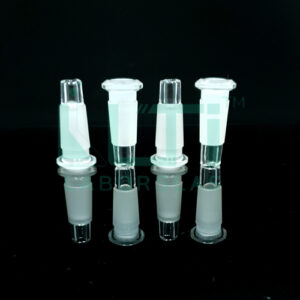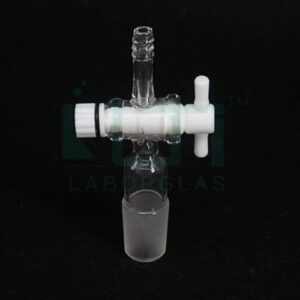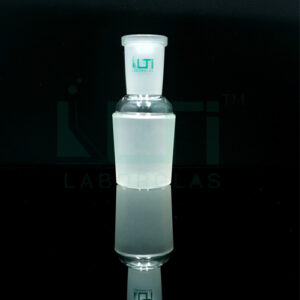- Comes in 0.13 – 0.17 mm thickness
| PART No. | Size (mm) | Pack Qty. |
| 8450-18 | 18 x 18 | 50 |
| 8450-20 | 20 x 20 | 50 |
| 8450-22 | 22 x 22 | 50 |
| 8450-24 | 24 x 24 | 50 |
| 8450-22-A | 22 x 32 | 50 |
| 8450-24-A | 24 x 50 | 50 |
Here are common uses of cover glass in microscopy:
- Specimen Protection:
- Applications: Cover glass protects delicate specimens on microscope slides from damage, contamination, and distortion. It creates a barrier between the microscope objective lens and the sample.
- Flattening Specimens:
- Applications: Cover glass helps flatten and spread out specimens evenly, reducing the chances of uneven focus or distortion during microscopy.
- Microscopic Observation:
- Applications: Cover glass allows for clear and detailed microscopic observation by providing a smooth optical surface for the microscope objective to focus on.
- Immersion Microscopy:
- Applications: In immersion microscopy, cover glass is often used in conjunction with immersion oil to reduce light refraction and improve the resolution of high-magnification objectives.
- Preservation of Specimens:
- Applications: Cover glass can be used to protect and preserve specimens in liquid or mounting media, preventing them from drying out and maintaining their structural integrity.
- Microscopic Imaging:
- Applications: Cover glass enables the capture of high-quality microscopic images by ensuring that the specimen is positioned close to the microscope objective for optimal imaging.
- High-Resolution Microscopy:
- Applications: For high-resolution microscopy techniques, such as confocal microscopy or super-resolution microscopy, cover glass is essential to achieve fine detail and clarity in imaging.
- Fluorescence Microscopy:
- Applications: Cover glass is commonly used in fluorescence microscopy to minimize the distance between the specimen and the objective lens, optimizing the detection of fluorescent signals.
- Long-Term Storage:
- Applications: Cover glass helps protect specimens on slides during long-term storage, preventing contamination and preserving the quality of the sample.
- Tissue Culture:
- Applications: Cover glass is utilized in cell culture applications for examining cell monolayers, ensuring optimal conditions for observing cell morphology and behavior.
- Live Cell Imaging:
- Applications: In live cell imaging, cover glass is used to create a microenvironment suitable for observing dynamic cellular processes while providing a protective barrier for the cells.
- Education and Training:
- Applications: Cover glass is used in educational settings to teach students about proper slide preparation and microscopy techniques.
- Darkfield Microscopy:
- Applications: Cover glass is employed in darkfield microscopy to enhance contrast and visualize specimens with minimal background interference.
- Phase Contrast Microscopy:
- Applications: In phase contrast microscopy, cover glass is used to create a thin optical path, allowing for the visualization of transparent or low-contrast specimens.
- Standardization:
- Applications: Cover glass adheres to standardized sizes (e.g., 22 mm x 22 mm) to ensure compatibility with microscope objectives and stages, promoting consistency in microscopy practices.





